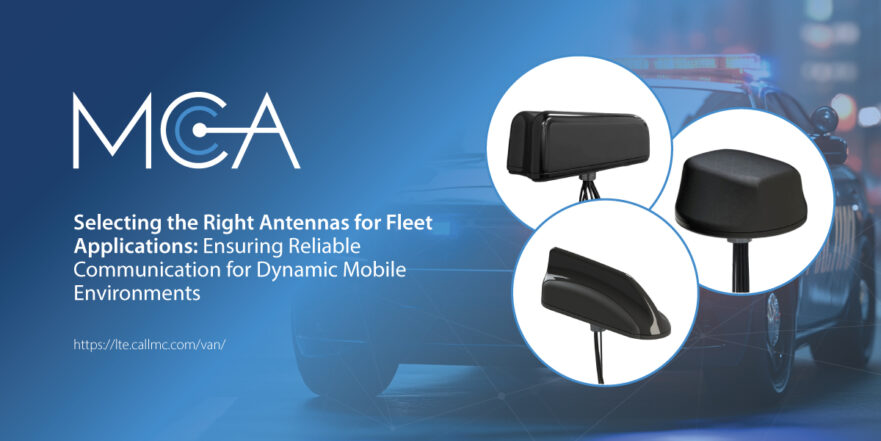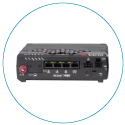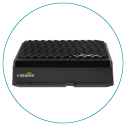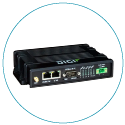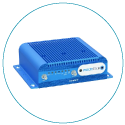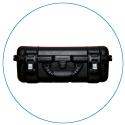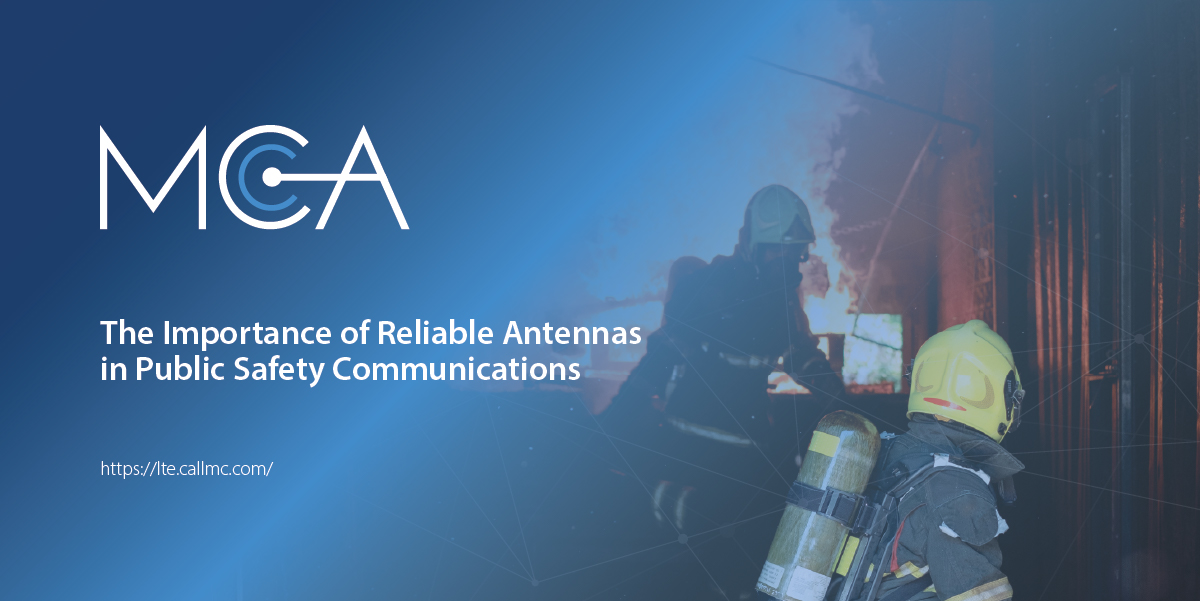How to Select the Right Antenna for Mobile Applications
Ensure Reliable Communication Across Mobile EnvironmentsSelecting the right antenna for mobile applications in law enforcement, public transportation, and emergency response is complex but essential. You can ensure reliable communication in any environment by considering factors like antenna gain, ground plane dependency, MIMO technology, and proper placement. Investing in the right antenna can enhance connectivity, improve safety, and ensure that public service vehicles operate efficiently, even in the most challenging conditions.
Staying informed about the latest antenna design and performance advancements as technology evolves will help you make the best choices for your specific mobile communication needs.
Understanding Mobile Cellular Antennas
Mobile cellular antennas are fundamental to any mobile internet system. Whether installed on law enforcement vehicles or public bus lines and rail cars, antennas enable cellular devices to communicate with cellular towers by sending and receiving signals. Mobile hotspots and routers with antenna ports can connect to more powerful external antennas, improving signal strength and reliability. In these critical environments, the performance of the communication systems directly impacts public safety and operational efficiency, making antenna choice a key consideration.
Why Antenna Selection Matters in Public Safety and Public Transit
In mobile applications like law enforcement and public transportation, cellular antennas are vital in ensuring continuous connectivity, even when vehicles are on the move or in challenging environments.
The performance of these antennas can be affected by various factors, including:
Location of Cellular Towers
In urban environments, buildings may block signals, while in rural or remote areas, the distance from towers can reduce signal strength.
Weather Conditions
Rain, snow, and other atmospheric conditions can interfere with cellular signals.
Terrain and Obstacles
Mountains, valleys, and trees can weaken signals.
Vehicle Materials
The materials used in constructing a vehicle (e.g., metal vs. fiberglass) may influence antenna performance.
Antenna Design and Placement
Where and how an antenna is mounted on a vehicle can significantly impact its performance.
Modem or Router Capabilities*
it's important to properly match antennas to the capabilities of the routers you plan to use. For example, a 5G router needs a 5G antenna.
In applications where communication is mission-critical, overcoming these challenges requires selecting an antenna specifically designed for the unique needs of mobile public safety and transportation vehicles.
*To learn more about router specifications, read this article.

Key Factors in Antenna Selection
Antenna gain is one of the most critical specifications when selecting a mobile antenna. It measures how much the antenna amplifies or enhances a signal, usually represented in decibels (dB). The higher the gain, the more focused and powerful the signal becomes.
High-Gain Antennas
These directional antennas focus the signal in a specific direction. They are beneficial for maintaining connectivity over long distances or when traveling through rural areas in law enforcement or public transport vehicles.
Low-Gain Antennas:
In applications where communication is mission-critical, overcoming these challenges requires selecting an antenna specifically designed for the unique needs of mobile public safety and transportation vehicles.
Important note: Many of the vehicle antennas available from MCA are both high-gain and omni-directional. Typically this is achieved by housing multiple elements within a single housing allowing for 360 degrees of coverage. When it comes to fleet and vehicle connectivity, the only times our clients consider the use of directional antennas is for stationary applications; such as using a school bus broadcasting wi-fi or when positioning a mobile command center for public safety applications. In these use cases, a vehicle is typically parked, and then the antenna is raised either on a pole arm, or other means, as directional antennas are typically larger, non-aerodynamic, and not suited for use while a vehicle is in motion.
Ground Plane Dependent vs. Independent
A ground plane is a conductive surface (typically metal) that some antennas require to function properly. Ground plane-dependent antennas are common in vehicle applications because they can be mounted on metal surfaces, like the roof of a law enforcement vehicle, which acts as an extension of the antenna, improving its performance.
Ground Plane Dependent
Antennas that require a metal surface for optimal performance. For example, the roof of a metal bus or police cruiser can serve as a ground plane, improving signal quality.
Ground Plane Independent
These antennas do not rely on a metal surface to function, making them more flexible in terms of installation. They can be mounted on fiberglass or plastic surfaces, like some public transportation vehicles or non-metallic law enforcement vehicles.
Understanding whether your vehicle can accommodate a ground plane-dependent antenna is essential when selecting the right product for your application. For non-metal vehicles, ground plane-independent antennas are often the best choice. The majority of public safety and transit vehicles will not require antennas to be ground plane independent.
MIMO (Multiple Input, Multiple Output) Technology
MIMO technology is essential for modern cellular communications, especially for LTE and 5G network devices. MIMO antennas have multiple internal antennas, allowing them to send and receive more data simultaneously, which can drastically improve connection speeds and reliability.
2x2 MIMO
Most cellular modems have at least two antennas, allowing for dual input and output streams, which is sufficient for basic mobile applications.
4x4 MIMO
More advanced modems, particularly those designed for 5G, have four antennas. This configuration provides even better performance and reliability, making it ideal for high-demand applications like law enforcement and public safety.
When selecting an antenna for mobile applications, it is crucial to choose one that supports MIMO technology, especially for vehicles that rely on fast, reliable connections for real-time communication and data transfer.
Important Note: Some of our routers have 3x3 MIMO (AirLink MP70) and 5x4 MIMO (AirLink XR80). While even pairings are most common, some use cases benefit from alternate configurations.
Antenna Placement and Installation
The placement and installation of your antenna will also significantly impact its performance. For mobile applications like law enforcement vehicles or buses, the antenna should be mounted in a location that ensures optimal signal reception.
Key considerations include:
Height
Placing the antenna higher on the vehicle, such as on the roof, generally results in better signal reception. In some use cases, mounting to a trunk is acceptable.
Distance
Avoid placing antennas near other electronic equipment that could interfere with the signal, such as lights or radios.
Directionality
For directional antennas, ensure they are properly aimed towards the nearest cellular towers, particularly in areas with challenging terrain or long distances between towers.
In public safety applications, improper antenna placement could result in dropped connections during critical moments. Therefore, professional installation and testing are recommended to ensure optimal performance.
For more information regarding optimizing fleet antenna installations, read this article.

Applications in Law Enforcement and Public Transportation
The right antenna choice varies based on the specific mobile application:
Law Enforcement Vehicles
Police cars and other emergency vehicles require antennas that can maintain strong, reliable connections in both urban and rural environments. Roof mounted high-gain omni-directional antennas are typically preferred.
Emergency Response Vehicles
Like law enforcement, emergency response vehicles need antennas that can perform reliably in unpredictable environments. The ability to quickly switch between cellular networks, using MIMO and high-gain omni-directional antennas, ensures consistent communication during critical operations. Unlike most law enforcement vehicles, ambulances are larger, and may have a greater need for Wi-Fi and Bluetooth connectivity inside their cabins, necessitating internal antenna placements.
Public Transportation
Buses and other public transit vehicles benefit from omnidirectional antennas that provide consistent connectivity across the vehicle’s route. MIMO antennas are particularly useful for delivering onboard Wi-Fi to passengers while maintaining reliable communication with transit control centers. It is almost always recommended in these use cases to have antennas that broadcast Wi-Fi inside of the vehicle cabins, as well as antennas that are mounted externally.
About MCA and Our CNS Team
MCA is one of the largest and most trusted integrators in the United States, offering world-class voice, data, and security solutions that enhance the quality, safety, and productivity of customers, operations, and lives. More than 65,000 customers trust MCA to provide carefully researched solutions for a safe, secure, and more efficient workplace.
Our Cellular Networking Solutions (CNS) team (formerly known as USAT) is made up of certified experts in designing and deploying fixed and mobile wireless data connectivity solutions for public and private enterprises nationwide - complete with implementation, training, proof of concept (POC), system auditing, and on-site RF surveying services with optional engineering maintenance contracts.
Our extensive catalog of world-class routers, antennas, and software designed for remote monitoring and management in even the harshest environments allows us to deliver a full suite of reliable technologies capped with a service-first approach.
Share this Post
